KATHMANDU: Construction of the Bagmati Corridor began in 2009 with an aim to provide safety, security and natural pristine beauty to the river flowing across Kathmandu Valley. It is more than 10 years now and Bagmati Corridor is yet to be completed.
It was, in fact, proposed to be completed in 5 years but went on delaying for 10 long years as it never met the deadline. Bagmati corridor envisages many developmental goals amongst others: consolidate the embankment of the river, dispose and recycle the wastes strewed in and around its banks, arrange to regularize the strayed and disarrayed slums nearby the river, increase the volume of water and speed up the water flow in it, promote greenery by planting new trees and saving the old ones.
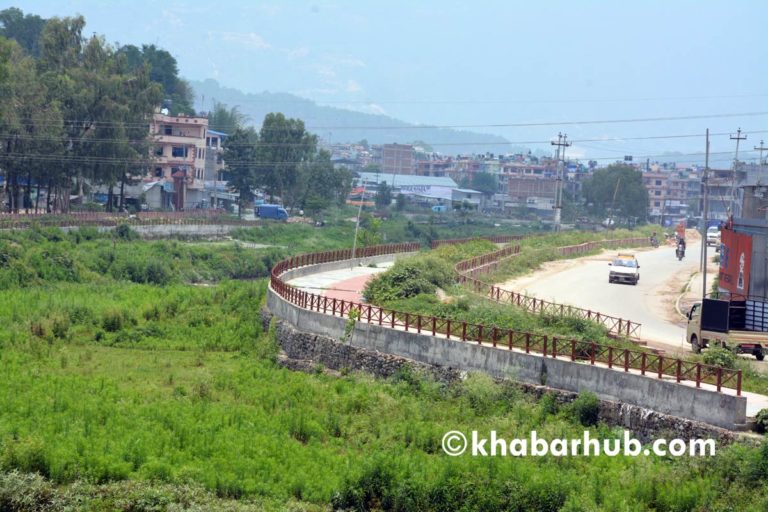
Bagmati River Basin Improvement Project and High Powered Committee for Integrated Development of the Bagmati Civilization have taken responsibility to build the Bagmati Corridor in different phases. The first phase of its work completed the corridor of 8 km between Sundarijal and Gokarna, the second phase covered the distance of 3 km between Gokarna and Pashupatinath while the third phase is in progress building the corridor of 14 km length between Tilganga and Balkhu. As per the estimate of the committee, Rs 8 billion has already been spent on the project and expects another 5 years to complete the Bagmati Corridor project.
What parts of the project were completed?
The completed parts of the Bagmati Corridor project are sewage construction, the river embankment on Sundarijal Gokarna, check dam, construction of 4 bridges, public toilet with decentralized treatment plant, six trail bridges, two Hume pipe bridges, and three Kulo irrigation facilities. The fiscal year 2018/19 has proposed the target of completing the construction of five bathing and ritual steps in Sundarijal, Dhakalghat and in the temple area of Uttar Bahini and Gokarneshwor. The construction of road, river control apparatus and sewage in Gokarna-Guheshwari, has already been completed.
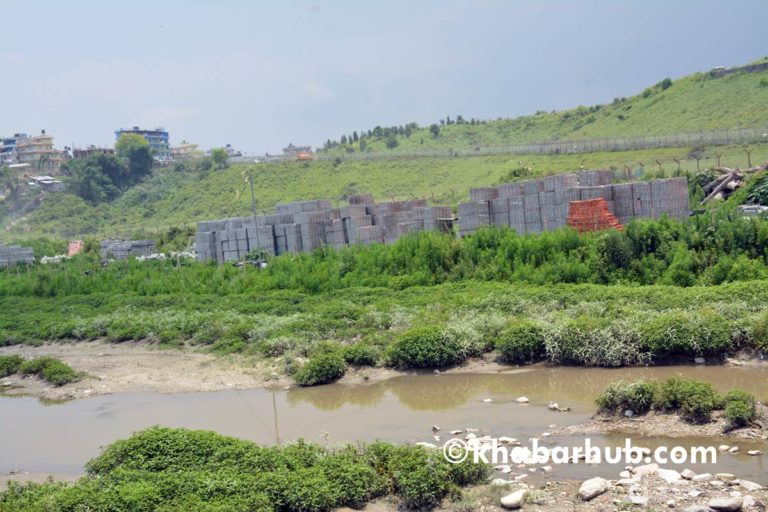
Yogendra Chitrakar, Deputy-Chief of the project, says underground main and subsidiary sewage lines running into about 17 km have been laid to the right side of Bagmati River from Gokarna to Pashupati area. The treatment plant is also being constructed in the area of about 100 ropani of land towards the north side of the Guheshwari temple so that sewage does not get discharged directly into the river water.
Similarly, the whole lot of works such as the laying of sewage lines, road construction, and river embankment have been successfully completed from Tilganga to Sinamangal; Sinamangal to Koteshwor Mahadevsthan; Koteshwor Mahadevsthan to Shankhamul section; Shankhmul to Thapathali; Thapathali to Bishnumati Dobhan; and from Bishnumati Dobhan to Sundari Ghat.
No work in progress from the last five months
Compensation row has put a break on the advancing work of construction of Bagmati construction. The second phase of the Bagmati Corridor work between Gokarna and Guheshwari has come to a standstill. The area has not yet gone for ‘beautification drive’. Those whose lands were taken in by the government for adding more area to Bagmati area are still waiting for the promised amount of compensation. The people complained against the government and protested in public demanding speedy payment of compensation. A land area measuring approximately 188 ropani covering the river banks from Gokarna barrage to Guheshwari has been brought in the span of 5 years for restoring the Bagmati civilization.
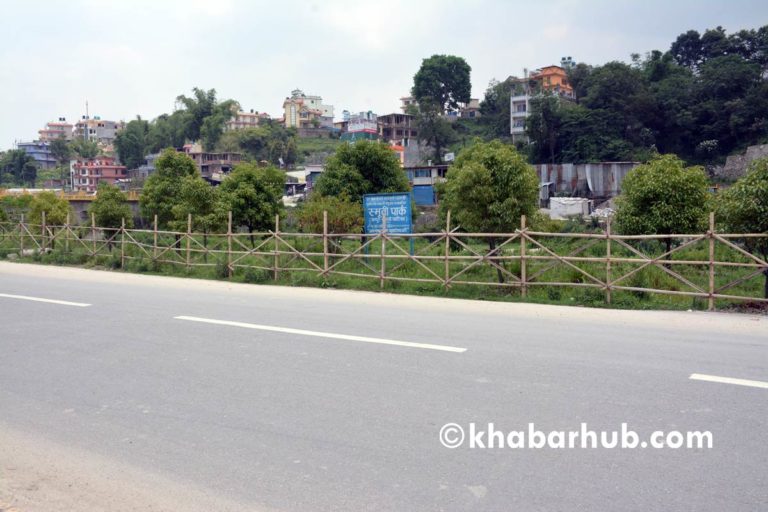
The problem is getting more and more complex due to the delay in payment of compensation to locals for their lost lands. Locals demanding compensation from the government have often resorted to public protests and demonstrations such as gherao and locking of public offices. The local protestors have not allowed any work related to the building of the Bagmati corridor unless their compensation is reimbursed by the government. The work on the project has come to complete halt due to locals’ protest from January 12, 2019.
According to the Project Chief, Ashish Ghimire, categories (such as A, B, C, and D) have been worked out by the government for reimbursing compensation to those who lost their lands to this Bagmati Project (in Gokarna-Guheshwori section) covering an area of 188 ropani. The list of the people entitled to get compensation according to devised categories have already been sent to the government, assures the project chief.
There is no clarity in Nepal with regard to the process of land acquisition by the government for development projects and this has created confusions how to go ahead with payment of the compensation, laments Ghimire. Section 3 of the existing Land Acquisition Act, 2034 BS simply says that compensation is to be paid while acquiring the land but the act is silent on the process and modality of paying the compensation. High Powered Committee for Integrated Development of the Bagmati Civilization had also taken in lands of the locals while broadening the catchment area of the river to lower down the intensity of river flow.
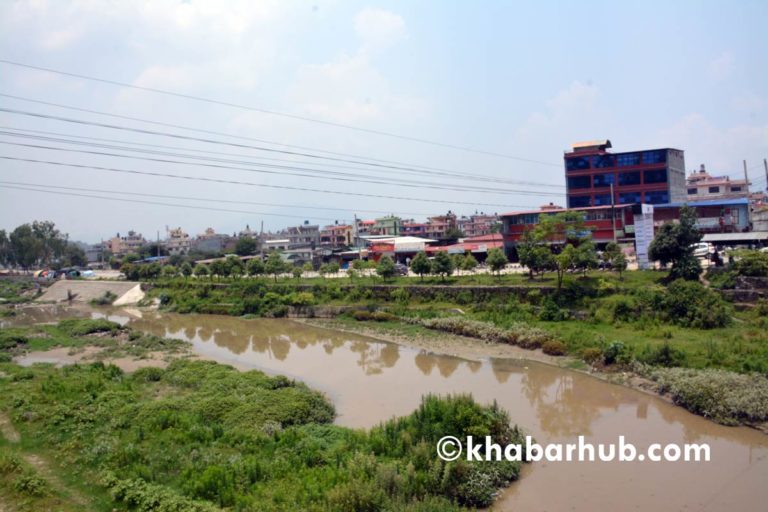
Locals’ land has now become the part of the river and the issue of compensation remained unaddressed, confides Deputy-Chief of the project Chitrakar with Khabarhub. The report of a detailed study of related land acquisition and amount of compensation to be paid to original owners has already been sent to the government. Moreover, the constitution of Nepal ensures the right to private property, discloses Chitrakar. “Since the report is lying with the ministry and locals are adamant on their demands, no work currently is in progress in Gokarna-Guheshwari section. Even the labor force have deserted the work and gone elsewhere.”
The Current Plan of Bagmati River Basin Improvement Project
A plan is afoot to raise the height of the dam to the height of 24 meters for collecting rainwater in the low lying area and release the same to Bagmati river with a speed of 40 liters/second by the end of fiscal year 2019/20. The project is working on a project of rain water harvesting by installing relevant technology to recharge the aquifers of ground water in as many as 25, 00 houses in upper portion of Bagmati river beyond Guheshwari. At least 8 deep boring pumps are to be embedded at different points of Bagmati in the current financial year for increasing the flow of river water and other public utilities.
Bagmati beautification
The High Powered Committee for Integrated Development of the Bagmati Civilization has a plan to construct a public park, pedestrian lane, cycling track, demarcated places for post-death rituals, public toilets and eleven Ghats for ritual performance under the Bagmati beautification plan at the end of the current financial year. Chitrakar said that 28 green-parks are already in operation from Sundarijal to Balkhu. Banks, schools and religious organizations are also building parks in their respective campus, adds Chitrakar.
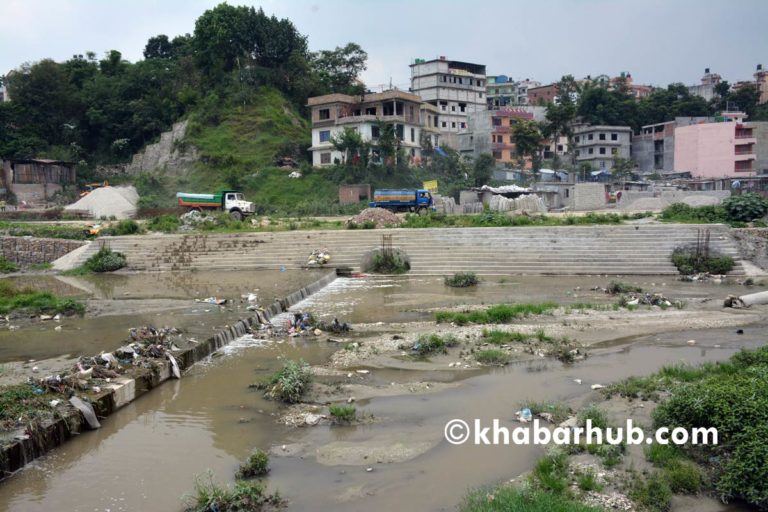
Construction of public parks and pedestrian lanes will resume in areas of Uttar Ganga, Gokarna and Thapathali-Balkhu points of Bagmati at the start of the current fiscal year under the River Basin Improvement Project. As many as 26 different historical temples and other religious centers destroyed by the 2015 earthquake in the areas of Thapathali-Teku are to be built as the current financial year begins.
A total of 440 solar lamps will light both the banks of Bagmati river from Sinamangal to Thapathali and the work to this effect will begin from the start of the current financial year. Also, the restoration work of the archeological site in Guheshwari is to be resumed for giving it a shape of a museum and a Bagmati civilization study center in the fiscal year 2019/20.


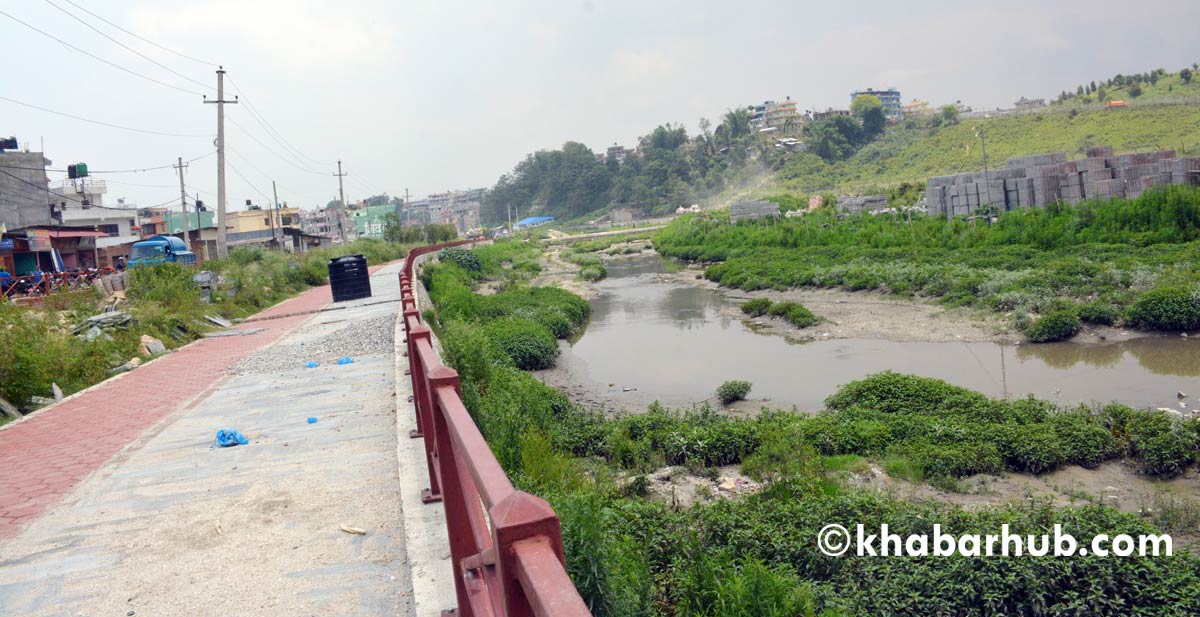


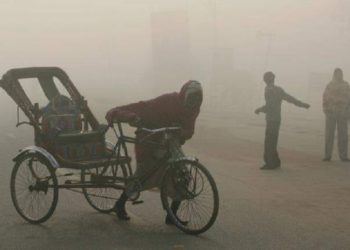

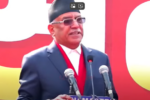

Comment